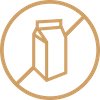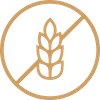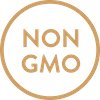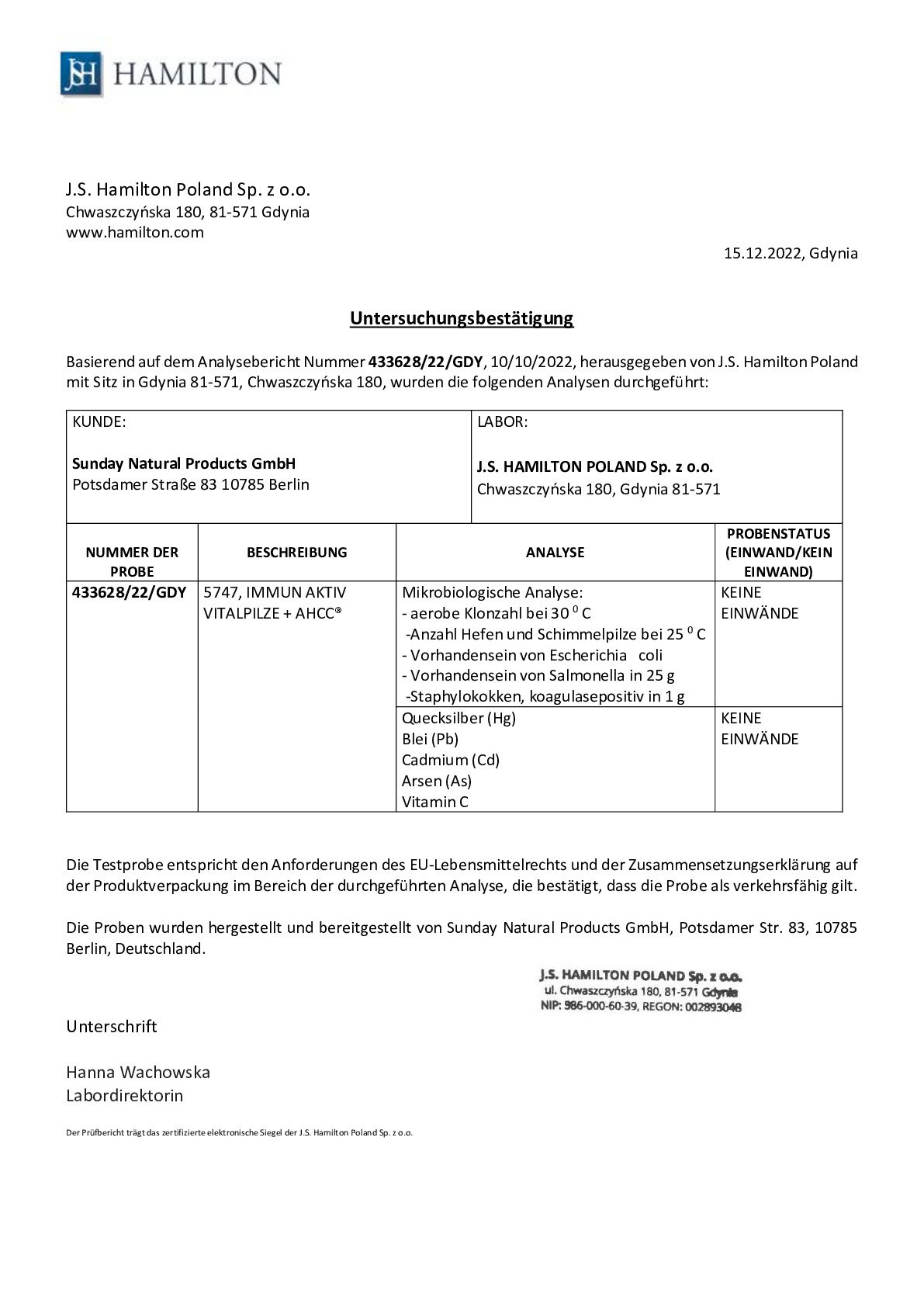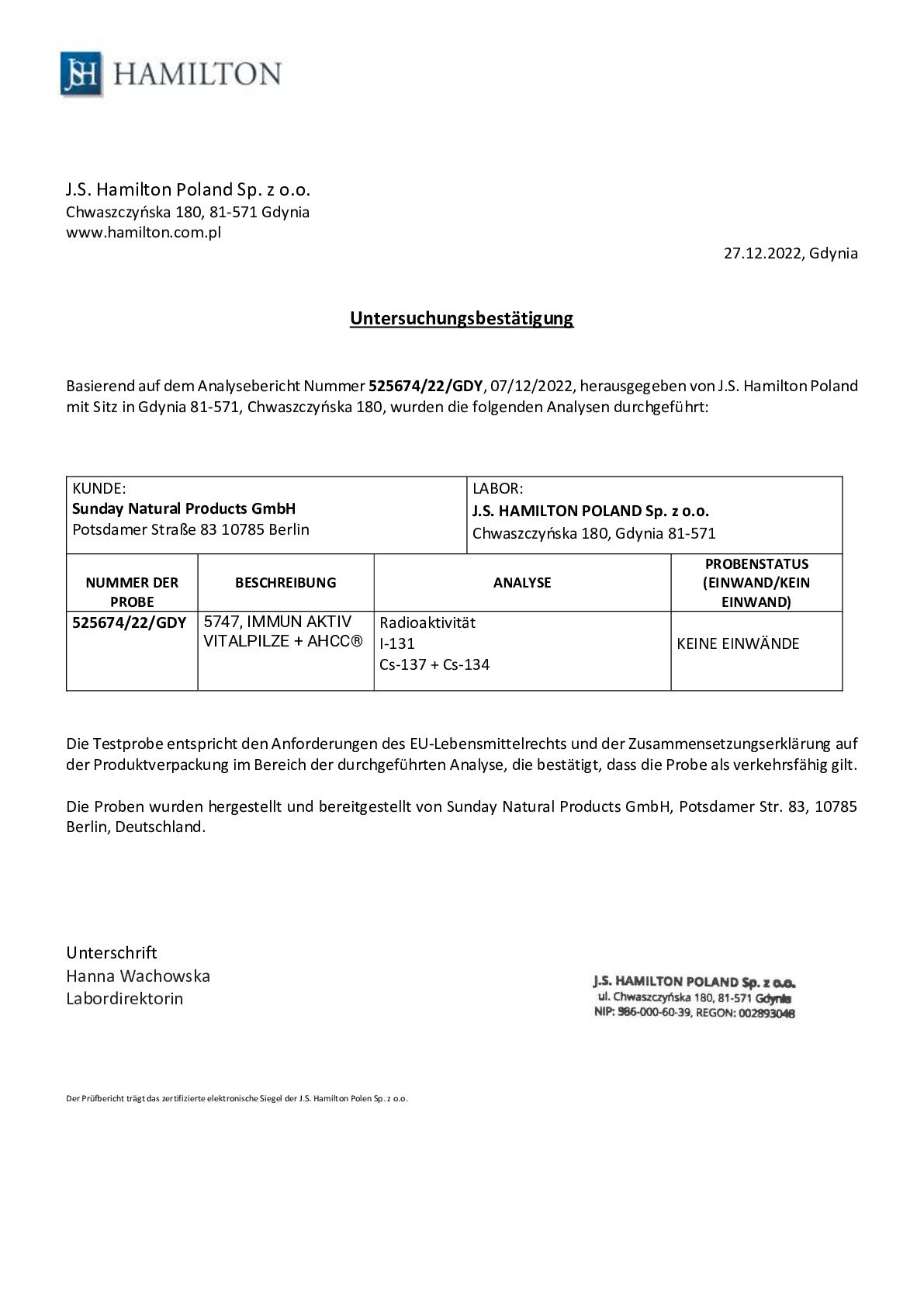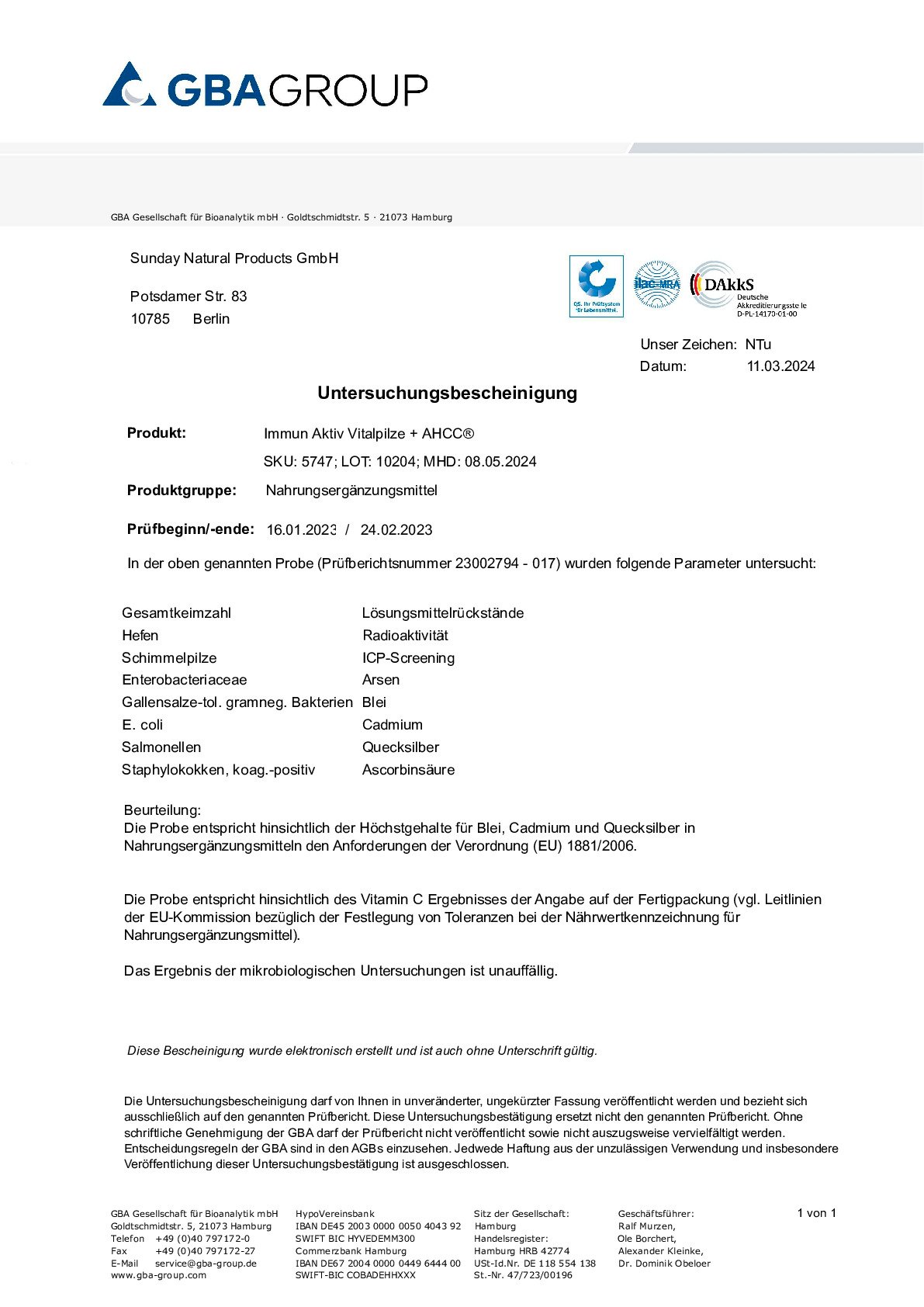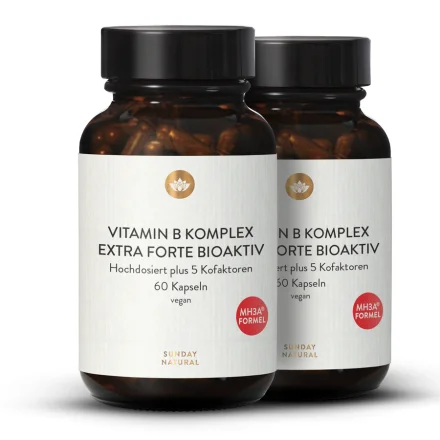The Agaricus blazei Murrill (ABM) originates from the Brazilian rainforest, where it is also known as “Cogmelo de Deus” (God's Mushroom) due to its alleged healing properties. After export to Asia, ABM was quickly adopted into Asian medicinal mushroom traditions. Today, the majority of ABM is exported from Asia. This mushroom has extremely high concentrations of long-chain polysaccharides including highly effective beta-glucans, which are even higher than in reishi or shiitake. Studies of Agaricus blazei consistently reveal the existence of previously unknown compounds that could have useful medicinal applications.
Reishi, also known as lingzhi, is one of the most prominent plants in Chinese medicine. Its other names include "mushroom of immortality" and "mushroom of eternal life," which point to its significance in Chinese medicine as a foundation for general strengthening of the body and maintenance of good health and vitality. Modern research reveals that reishi contains a whole arsenal of effective phytochemicals. It is rich in antioxidants, polysaccharides and over 100 different triterpenoids that, when taken together, form a mighty complex.
Active Hexose Correlated Compound (AHCC®) is produced via a patented extraction method. The mycelium of the shiitake mushroom undergoes a unique, multi-stage process that involves cultivation and fermentation with the help of selected enzymes. This result is an extract with an exceptionally high proportion of bioavailable, short-chain alpha glucans. Alpha glucans in most medicinal mushrooms are long-chain and difficult for the body to absorb. AHCC®, however, offers short-chain alpha glucans with a uniquely high bioavailability, which is achieved through the patented extraction process. Our AHCC® is non-GMO, gluten-, soya- and lactose-free and produced without the use of chemical solvents.
The chaga mushroom is native to Siberia and northern China, where it has been used to brew strong teas. Chaga has enjoyed a 4000-year-long history in traditional Russian and Chinese medicine, where it has been used as a natural remedy for stomach and intestinal illnesses and for general strengthening of the body. In Russia and Siberia, the chaga mushroom also used for shaman rituals, especially among the Khanty people, who gave chaga its common name. Chaga has also been considered a medicinal mushroom by the Ancient Egyptians, Mesopotamians, indigenous peoples of North America and the indigenous Ainu people of Japan. Modern research has identified over 200 active biological substances found in chaga. It is particularly rich in polyphenols, various complex polysaccharides, melanin, beta-glucans, betulinic acid, alkaloids, tannins, triterpenes, superoxide dismutase (SOD), amino acids and minerals.















